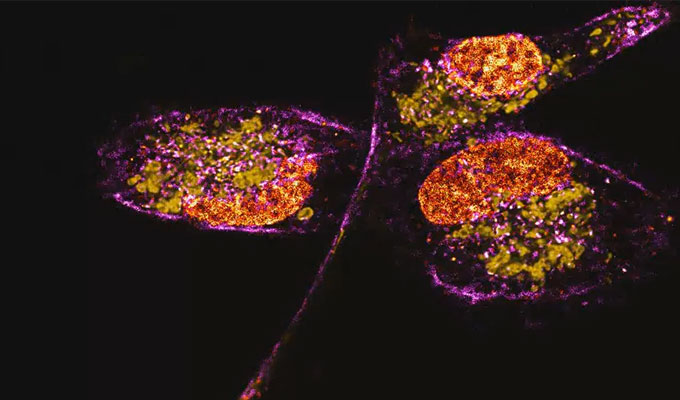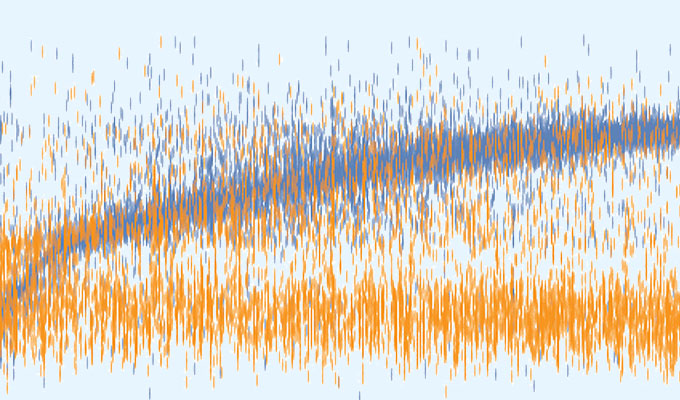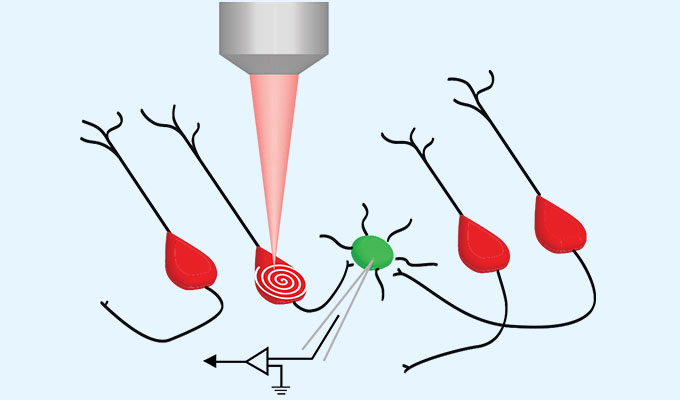Abstract
3D bioprinting is a powerful tool for generating complex tissue models from stem cells. This talk will discuss recent advances in bioink technology and how they can be combined with 3D bioprinting to generate personalized tissue models.
Speaker

Stephanie Willerth, Ph.D.
Professor, University of Victoria
Dr. Willerth is a Full Professor in Biomedical Engineering at the University of Victoria where she has dual appointments in the Department of Mecha...
View more
Moderator

Milena Restan Perez, B.E.
Research Assistant, University of Victoria
Milena graduated with a Bachelor's in Biomedical engineering from the University of Victoria. Her research work focuses on engineering neural tissu...
View more
Keywords
Smart bioinks, Drug delivery, Biomaterials, Stem cells
References
Restan Perez, M., Masri, N. Z., Walters-Shumka, J., Kahale, S. and Willerth, S. M. (2023). Protocol for 3D Bioprinting Mesenchymal Stem Cell–derived Neural Tissues Using a Fibrin-based Bioink. Bio-protocol 13(9): e4663.
Restan Perez M, Sharma R, Masri NZ, Willerth SM. 3D Bioprinting Mesenchymal Stem Cell-Derived Neural Tissues Using a Fibrin-Based Bioink. Biomolecules. 2021 Aug 21;11(8):1250.
Do you have a question about this webinar?
Post your question, and we'll invite the webinar speaker to respond. You're welcome to join the discussion by answering or commenting on questions ( Note: Not all questions, especially those not directly relevant to the webinar topic, may be answered by the speaker. ).
Tips for asking effective questions
+ Description
Write a detailed description. Include all information that will help others answer your question.
46 Q&A



